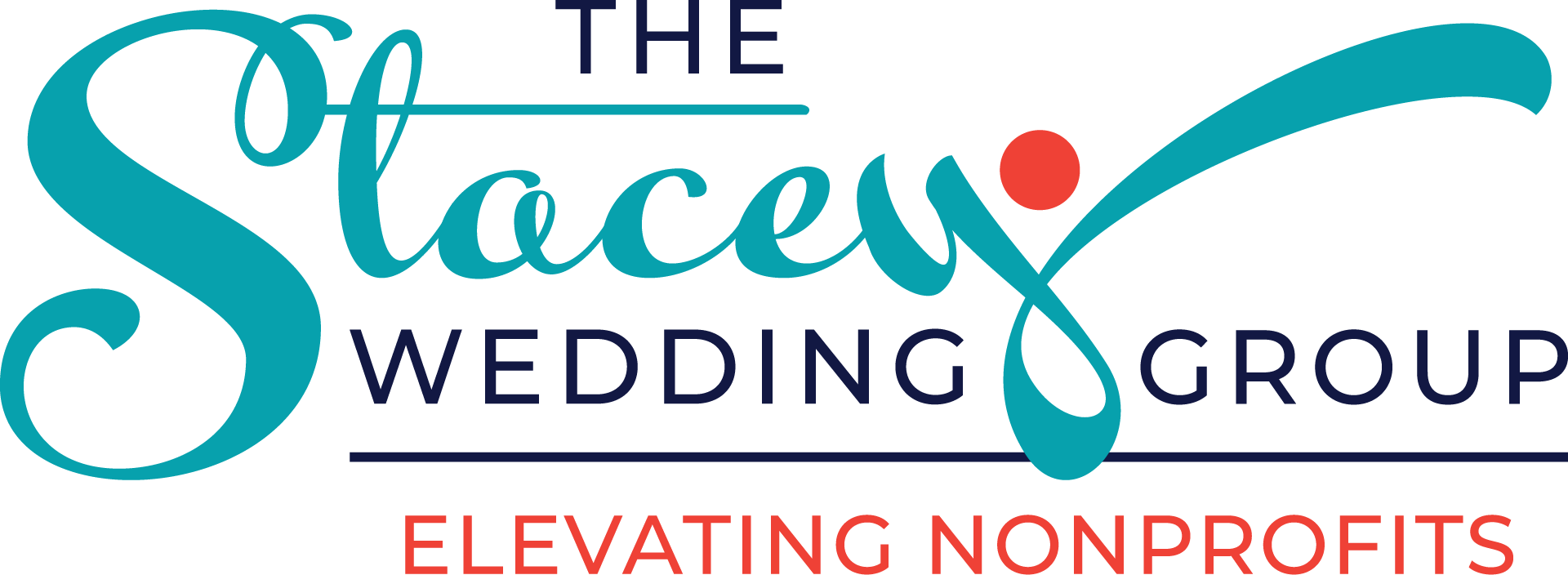If we’re being real, we have to admit that it sometimes feels like all nonprofit boards are broken. An exaggeration? Perhaps. Lately, though, many of our friends and colleagues in the nonprofit sector have reached out to the PiP team hoping we can put on our superhero capes and come to the rescue. If only it were that easy!
And while we may not be superheroes, we do have some ideas that we’ve seen make a difference in our work with clients.
1.) Be intentional. If there’s one commonality we’ve noticed in most organizations with board troubles, it’s that they weren’t intentional. The board cycle involves a number of moving parts: identification and recruitment of new board members, orientation, education, engagement, and board succession planning. Each part of the cycle is important, and if executed with intention, the result is almost always a higher performing board. Here are some questions to ask when thinking about your approach with the board:
- What part of our board cycle is the most effective and why?
- What part of our board cycle is lacking and why?
- What has been our greatest lesson in building a board, and how do we use that to inform future actions?
- What does a high performing board look like for our organization? What needs to be added or changed to achieve that?
2.) Be realistic. Board members are volunteers. Like all of us, they have busy lives and are juggling a ton. This isn’t an excuse for not attending board meetings or not engaging. It is a reminder, though, to treat them like you would your other prized volunteers. To thank them for their service. To focus on their strengths and utilize those in a way that strengthens your organization. And to be intentional (see #1 above).
3.) Be communicative. One of the cornerstones of relationship success is direct, honest, timely communication. When board troubles start to arise, it’s critical to address them rather than hope they’ll go away on their own. Something that is a minor challenge grows into the proverbial elephant in the boardroom if not addressed. Ongoing communication between the board and Executive Director (or the board among themselves for an all-volunteer organization) takes time. And for those of you who may be wondering if you can afford to give your board the time and TLC it deserves, the real question is whether you you can afford not to.
Please let us know if we can do anything to help you get your board back on the right track. We’re only a call (702-896-4915) or email away: PiPAdvisor@profinphil.com.
